Context
Cambodia’s development in the last two decades has been impressive. With sustained economic growth rate of 7.6% between 1994-2015, the country has become a lower middle-income country in 2015. Poverty has been significantly reduced and many people, specially youth, have become more connected and mobile. Despite the progress, millions of Cambodian people are vulnerable to economic and other external shocks that can revert people to poverty, especially among vulnerable groups including women, children, unemployed youths, people with disability, LGBTQI, and old-age people. Migration and urban poverty have also become key factors shaping the challenges faced by those vulnerable groups.
As a response, the Royal Government of Cambodia, together with CSO development partners, has committed itself to various key reforms, one important of which is the Implementation Plan for the Social Accountability Framework (I-SAF) which has been carried out since 2016 and will continue into Phase 2 (2019-2023). The ISAF seeks to promote:
A more informed and motivated citizen and local communities, especially the vulnerable, in participating and demanding better services from sub-national administrations (SNAs) and local service providers, especially at the commune and district levels, in both rural and urban areas.
A more responsive SNAs and local service providers as a result of their interaction with citizens and/or citizen representative.
Objective
Oxfam’s Strengthening Social Accountability Program (2019-2023) seeks to contribute to the overall strategic objectives as adopted by the Government by working to “empower citizens and local communities, especially vulnerable groups, in both rural and urban districts in accessing better local public services through an effective ISAF process together with new innovative ideas and learning.”
Oxfam will be working closely with both the demand and supply side to achieve the stated objective.
Strategies
Five strategies are used to guide our implementation plan, including:

Update on the new development trends and challenges both on demand and supply side
To ensure that our interventions are relevant and impactful, our first strategic action proposed is to ensure an update and clearer analysis of key development trends and challenges, both in demand and supply-side. The analysis will help identify emerging priority issues, new entry points, potential partners and approaches.
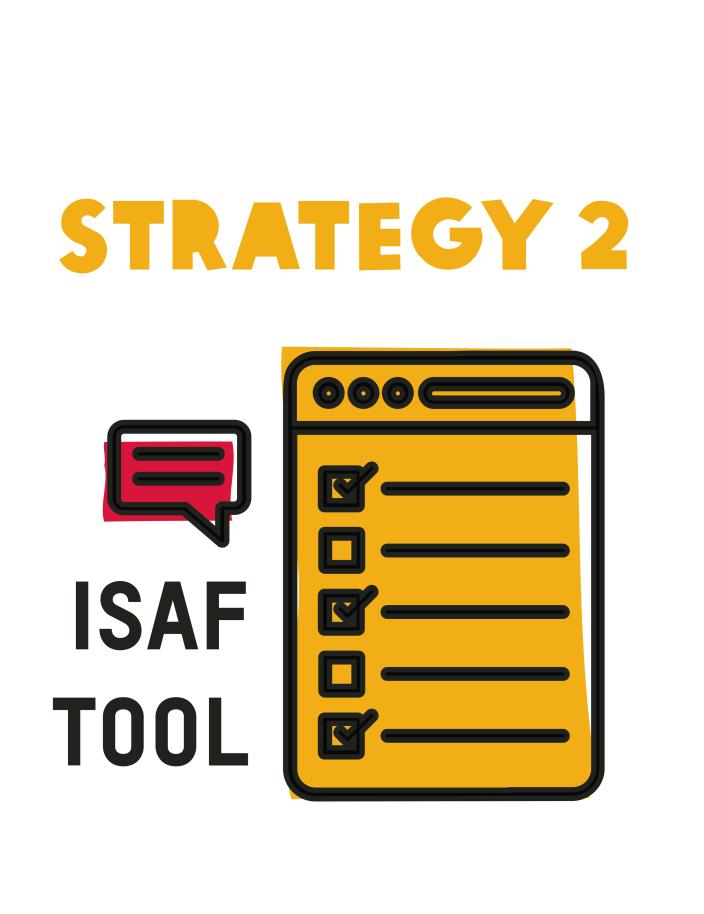
Adapt and simplify the existing ISAF tools to different contexts (rural/urban) and for specific groups of people
The analyses above would have provided necessary knowledge on the diversity of trends and needs of different contexts and groups. Such knowledge would in turn justify and inform how to best adapt and simplify the existing ISAF process for different geographical areas (rural versus urban) and different groups.
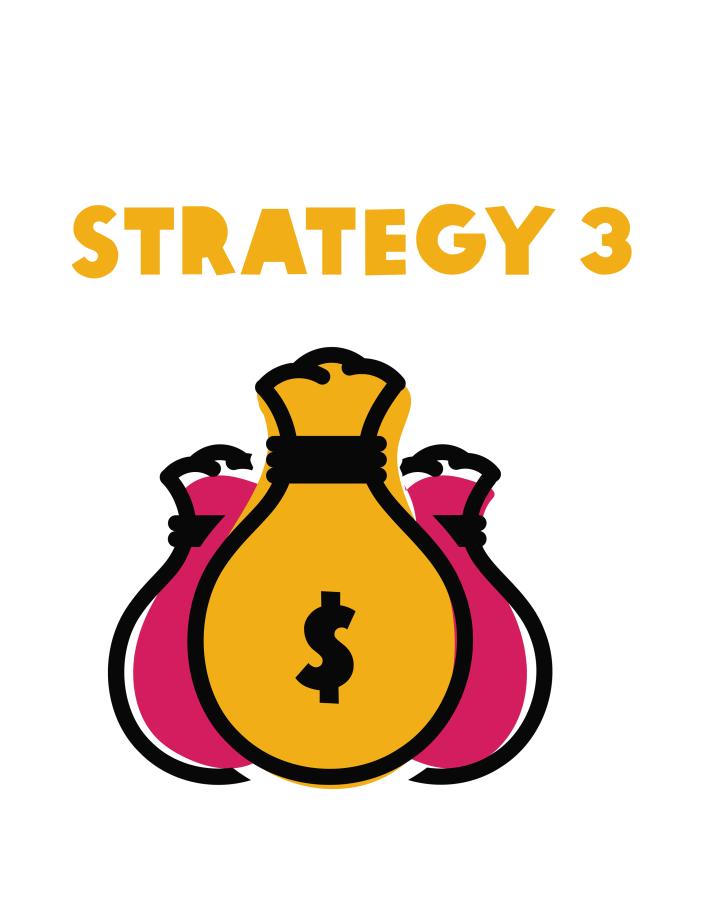
Devise a more practical and evidence-based approach to advocate for changes at policy and budgeting level
The limited linkage between demand side (people voices and complaints) and supply side especially at provincial and national level (provincial administrations, NCDD-S, line ministries) has been consistently raised as a key challenge to the current ISAF. Oxfam seeks to address this challenge by working to develop a coherent advocacy strategy with provincial and national level, especially with those with substantial authority in shaping budget and personnel management decision-making process.
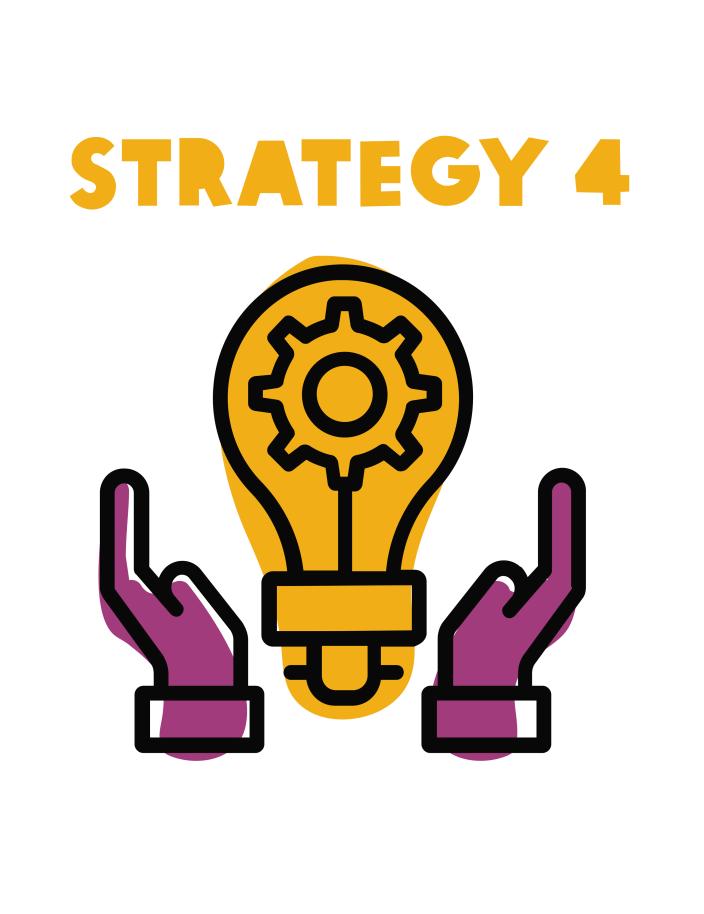
Develop a robust M&E and knowledge management process to capture results and to maximize validation of the reform
The shifting focus from process to impacts will help ensure that the ISAF is better aligned with core incentives of the people involved. Documentation of those results and experiences is critical not only to
serve M&E purpose but also to maximize substantiation of the reforms.
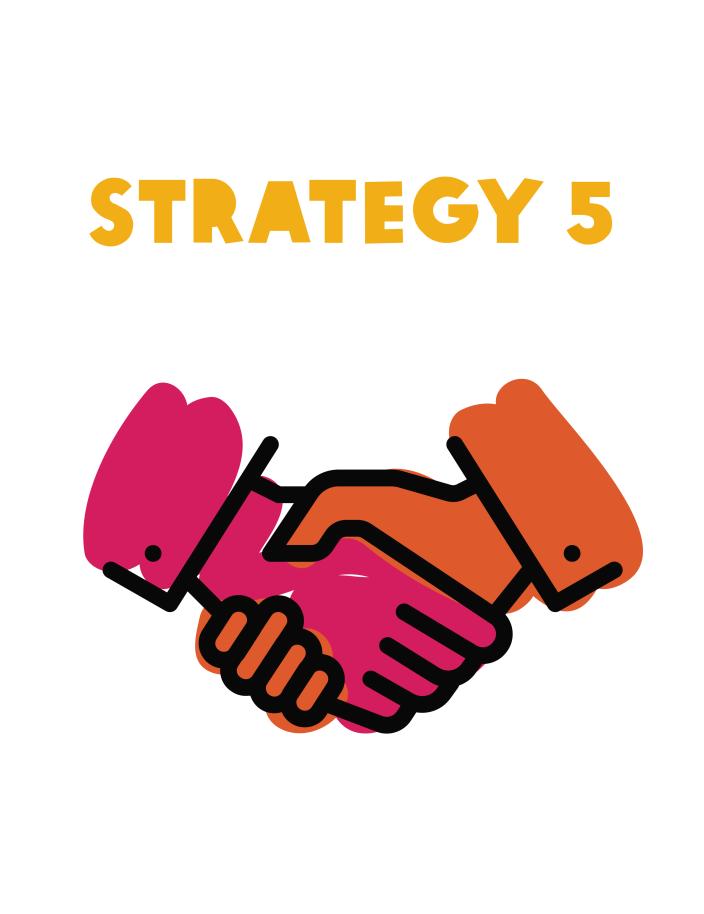
Harness and model new partnerships and the use of new technology
In addition to CSOs, new partnerships with other non-state actors including private sectors and regional networks will be explored to bring new synergy and perspectives. More use of new technology, especially ICT like mobile technology among the youth can harness their active engagement in development.
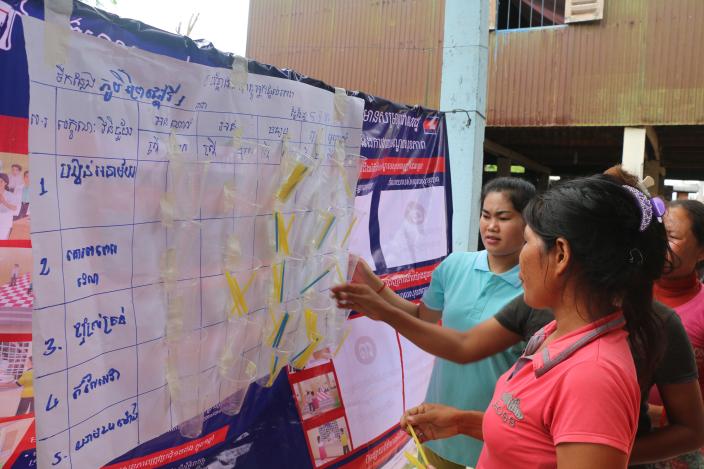
Citizens are scoring the service of the health center at Muk Da commune, Svay Rieng province. Photo: STAR Kampuchea
Soeurng Rachany, lives in Chres Commune, Chantrea District, Svay Rieng Province. She got married in 2015 and has one son. “It was extremely hard to get access to the services of the Health Center,” said Rachany, talking to the commune accountability facilitator in the health center. During her pregnancy, Rachany used services at the health center. Not to mention the difficult road condition to reach the health center, only limited amount of medicines was available. There was not enough staff for a full day operation. Sanitation was also the main issue for the villagers. However, they still use the health center because they could not afford the medical cost at the private clinic. Through the community scorecard, one of which was on the health center, there was a meeting in September 2016 among director and staff of the health center, together with citizen representative of the commune, and Rachany was able to attendm this meeting. All issues related to health center were raised and put into the Joint Accountability Action Plan (JAAP). “I personally felt the change in our health center since the implementation of ISAF. I observed that more medicine is available, more nurses to work and most of all, the sanitation is improved. I think this maybe the result of ISAF,” said Rachany.
